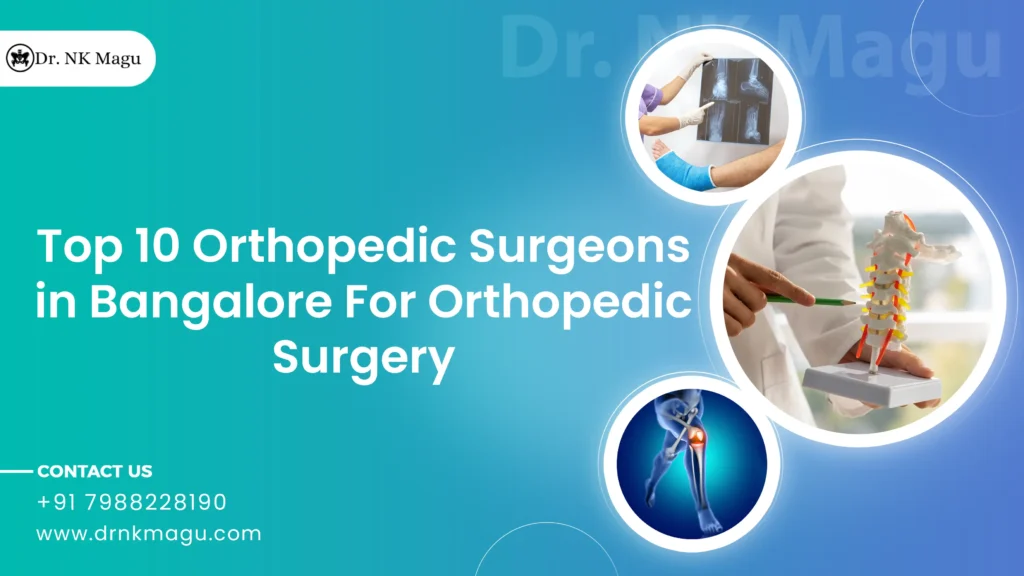When we say preservation of the hip, it means that the aim is to prevent or delay certain diseases or conditions that can cause further hip problems. The surgery employs a minimally invasive technique to restore the normal function of a hip and to reduce the pain. It can diminish or significantly delay the need for hip replacement. With a much simpler technique, it allows an individual to return back to their normal lives. Hip preservation surgery has different types which are done according to a patient’s conditions.
Types of Hip Preservation Surgery
There are several surgical approaches to preserve the hip. Common methods are described below in detail:
- Hip arthroscopy – To perform hip arthroscopy, an arthroscope is used. It is an optic tube, flexible, and can bend easily. A camera is attached to it and is connected to the monitor. It treats hip pain in a less invasive way and provides a faster recovery rate.
- Periacetabular osteotomy – It is typically used to correct hip dysplasia. The femoral bone is cut free from the hip socket and then repositioned to securely fit inside the socket. It preserves the hip function and alleviates the pain associated with it.
- Core decompression with Free Vascularized Fibular Grafting – The dead bone is removed and replaced with a living bone graft. In FVFG, the patient’s own fibula is used so there is no risk for rejection and no need for immunosuppression. The process can stop the progression of osteonecrosis and restore bone health.
- Surgical hip dislocation – The hip joint is safely dislocated without harming the blood supply by separating the femoral head from the acetabulum. It gives full access to the hip and allows observation of its pathomechanics. It is used to correct hip impingement and relieve hip pain.
- Hip resurfacing – The original joint is covered with a thin metal sheet instead of replacing. Only a few part of the bone is removed to allow the metal to be tightly fitted. The chances of dislocation is lower and patients are expected to return to higher activity level since most of the original bone is preserved.
Common Conditions That Are Treated With Hip Preservation Surgery
There is no age limit for hip preservation surgery. However, it is usually performed on teenagers or young adults before the joint is damaged. Certain conditions that are typically treated with it are:
- Hip dysplasia
- Avascular necrosis
- Femoroacetabular impingement (FAI)
- Hip labral tear
- Perthes disease
- Slipped capital femoral epiphysis
- Post-traumatic hip deformity
Frequently Asked Questions About Hip Preservation Surgery
Q: What Are the Different Types of Hip Preservation Surgery?
A: The common procedures for hip preservation surgeries are hip arthroscopy, hemiarthroplasty, periacetabular osteotomy, surgical hip dislocation, core decompression with Free Vascularized Fibular Grafting (FVFG), and femoral osteotomy. The surgeries alleviate hip pain and delay or prevent the development of diseases or conditions that lead to the need for hip replacement.
Q: What Is Hip Arthroscopy?
A: Hip arthroscopy is a minimally invasive surgical technique that uses a flexible optic tube attached to a camera that is monitor-connected. It treats hip pain in a less invasive method.
Q: What Are the Advantages of Hip Arthroscopy Over Traditional Open Surgery?
A: Traditional open surgery requires a large incision leading to more complications. Since hip arthroscopy involves only a small incision, the risk of complications is less and it also causes less pain and allows for faster recovery.
Q: What Are the Benefits of Hip Preservation Surgery?
A: Hip preservation surgery is commonly performed to treat painful hip conditions such as hip dysplasia, avascular necrosis, and arthritis. It can also be used to treat hip damage or injury due to an accident or osteoporosis. It is recommended to have the surgery when the pain and discomfort interferes with sleeping and daily tasks, and does not go away with pain medications.
Q: What Is the Importance of Early Diagnosis?
A: Early diagnosis allows the condition to be treated more conservatively and maximizes the benefits of hip preservation. Delayed diagnosis will lead to more severe complications later such as disability, fewer surgical options, increased pain and potential requirement for early hip replacement.
Q: Who Is a Candidate for Hip Preservation Surgery?
A: The technique is an option for those suffering from hip pain that cannot be treated with a non-surgical approach or medications. Young adults, athletes, and active people are good candidates for the surgery.
Q: Why Is It Important to Have Hip Preservation?
A: The goal of hip preservation is to provide lifelong care, support, and treatment. Many hip conditions, if left untreated, can cause increased pain and hip dysfunction. Many hip diseases carry some risk of that outcome even with treatment. Early hip preservation offers you the best chance of maintaining hip health over the long run.
Q: When Can I Return to Work After the Surgery?
A: The time required will vary depending on the physical requirements of your job. Typically it is advised to take at least 8 weeks off from work. Even if you have a desk job, it is not recommended to sit for a long duration at least for a few weeks.
Q: When Can I Drive a Car After the Surgery?
A: Patients undergoing hip preservation surgery are generally allowed to drive a car 3-4 weeks after the surgery. It is normal to feel stiffness around the operation area, it will fade away with time. It is recommended to increase the driving time gradually and drive the necessary distances only to prevent overuse of your hip flexor. You may not drive while you are on narcotic pain medication.
Q: Is There a Way to Reduce the Possibility of Loosening of the Artificial Hip Joint After Hip Replacement Surgery?
A: Loosening of the artificial joint usually happens when the wear between the moving parts of the hip causes slight destruction to the bone where the implant is fixed. This can cause pain and even shortening of the leg. The treatment will depend on how loose the implant is and further surgery may even be required to fix it. Make sure the artificial joint is attached perfectly during the replacement surgery and follow the advice of the surgeon properly after the surgery.














